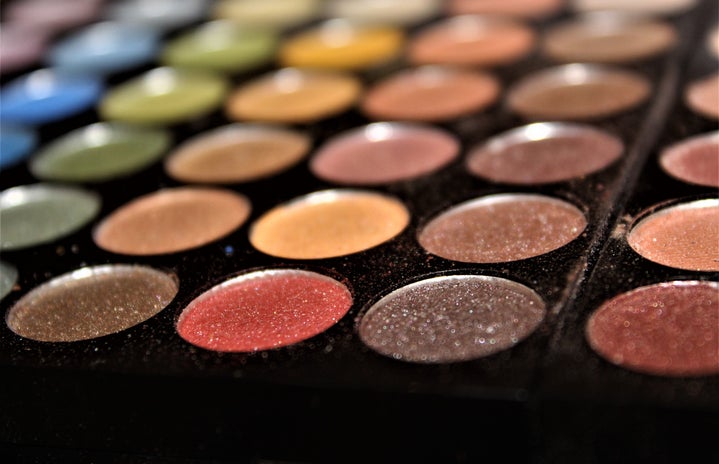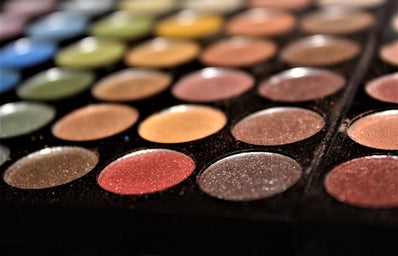Why You Should Wear Protective Styles
The question that builds the barrier between thinking about protective styling and actually doing a protective style is “How will my hair benefit?” Some may even wonder what damages a protective style may cause. Well, let’s start with the good. Protective styles have resulted in great success when it comes to retaining growth. The idea is that as we protect our ends, our hair will continue to grow without breaking off. Another benefit of protective styles is the low manipulation they allow for. Breakage and knotting are inevitable when it comes to manipulating hair, therefore, we aim to manipulate the hair as little as possible. Low manipulation and protection of ends are the key components to growth retention.
With the pros being so rewarding, what could possibly be a con? Depending on your maintenance routine and the style you select, there could be many cons! The good news is that each con is avoidable. When choosing your protective style, it is vital you choose a style that provides full protection of your ends and requires little to no manipulation. It is also vital to choose a style that allows for moisturization of the scalp as this is the key to new growth. The greatest mistake one could make when installing a protective style is opting to leave the style in for much too long.
Rules to Protective Styling
With our hair tucked away, nothing can go wrong, right? Wrong! There are a few rules you must follow when it comes to protective styling.
- When choosing your style, you should consider a style that is not too heavy on single strands. For example, miniature box braids and small cornrows place a great deal of stress on single strands of hair. This, in turn, will lead to breakage and thinning.
- Something to consider when installing a protective style is to leave your edges out! The more you pull and grab your edges, the thinner they will become. Eventually, there will be no edges to pull!
- Once you have your protective style installed, you cannot forget to continue your moisturizing routine. This includes massaging growth oils and other products you would apply to your scalp. Your scalp is the basis of growth and requires consistent attention.
- Lastly, your protective style should remain installed for no more than 8 weeks. Following these 8 weeks, you will experience excessive matting and knotting. The purpose of a protective style is to eliminate these factors.
Protective Styles
Box Braids
Box braids are a neat and long-lasting protective style! It is important you remember to not get braids too small, as this will cause thinning and breakage.
Wigs
The most innovative way to rock your night braids and still break necks! What’s protecting your hair is the style you wear underneath the wig. It is most beneficial to wear plaits or a flat twist set underneath your wigs.
Faux Locs
Another long-lasting style that allows for different looks to be expressed! Being that a faux loc is simply a piece of hair wrapped around a box braid or twist, you must be careful with the amount of weight you are carrying on single strands of hair.
Twists and Plaits
Two-strand twists and flat twists are great protective styles that may be manipulated into cute up-dos or twisted into style! Plaits may also be manipulated into up-dos, but the idea is to install a style that requires little to no manipulation.
Headwraps
Another protective style that allows you to wear your night braids and still break necks! Headwraps are the cheat-code to protecting natural hair. It is common for naturalistats to prep their twist-outs and braid-outs by letting them air dry under a headwrap. They’re stylish too, so why not!
There are many more protective styles to choose from, but you must be sure to choose a protective style that is ideal for your hair! Happy Styling!
– HCXO



